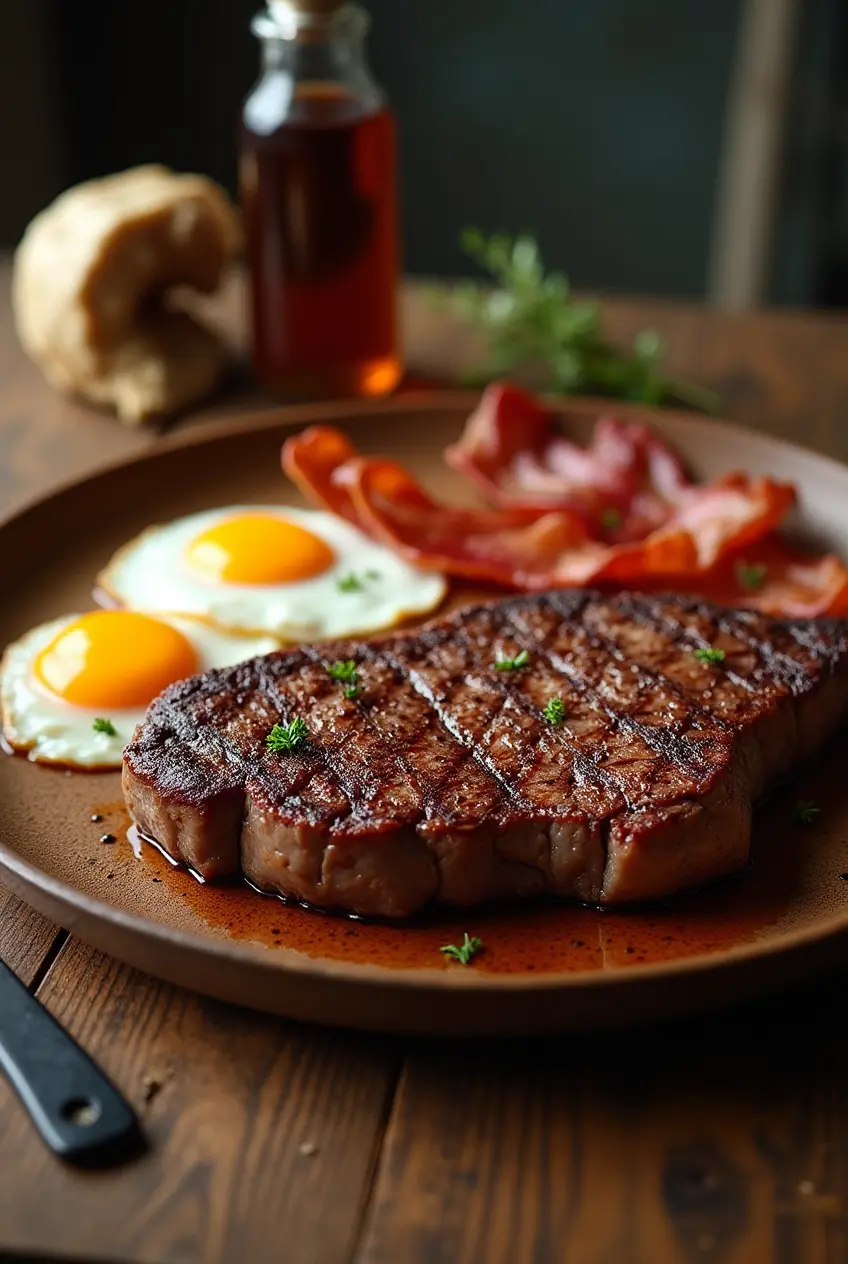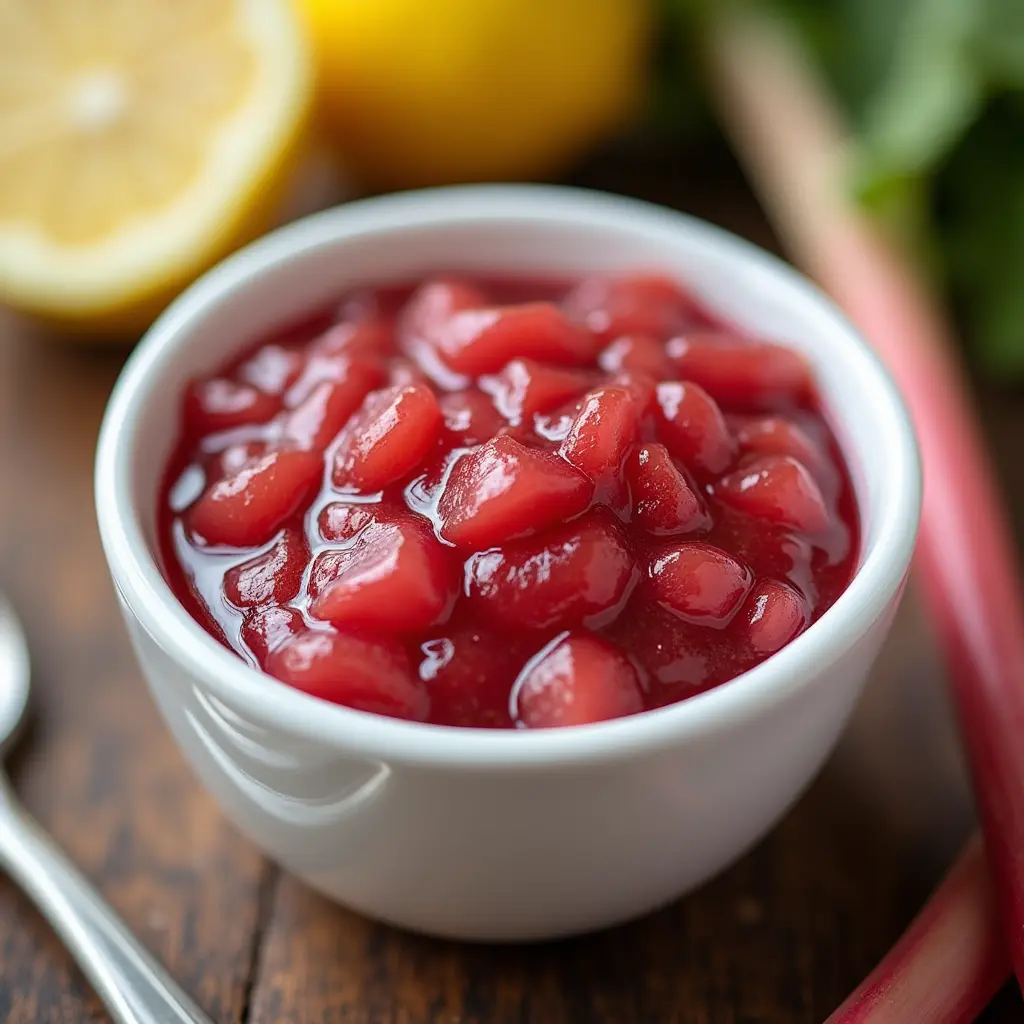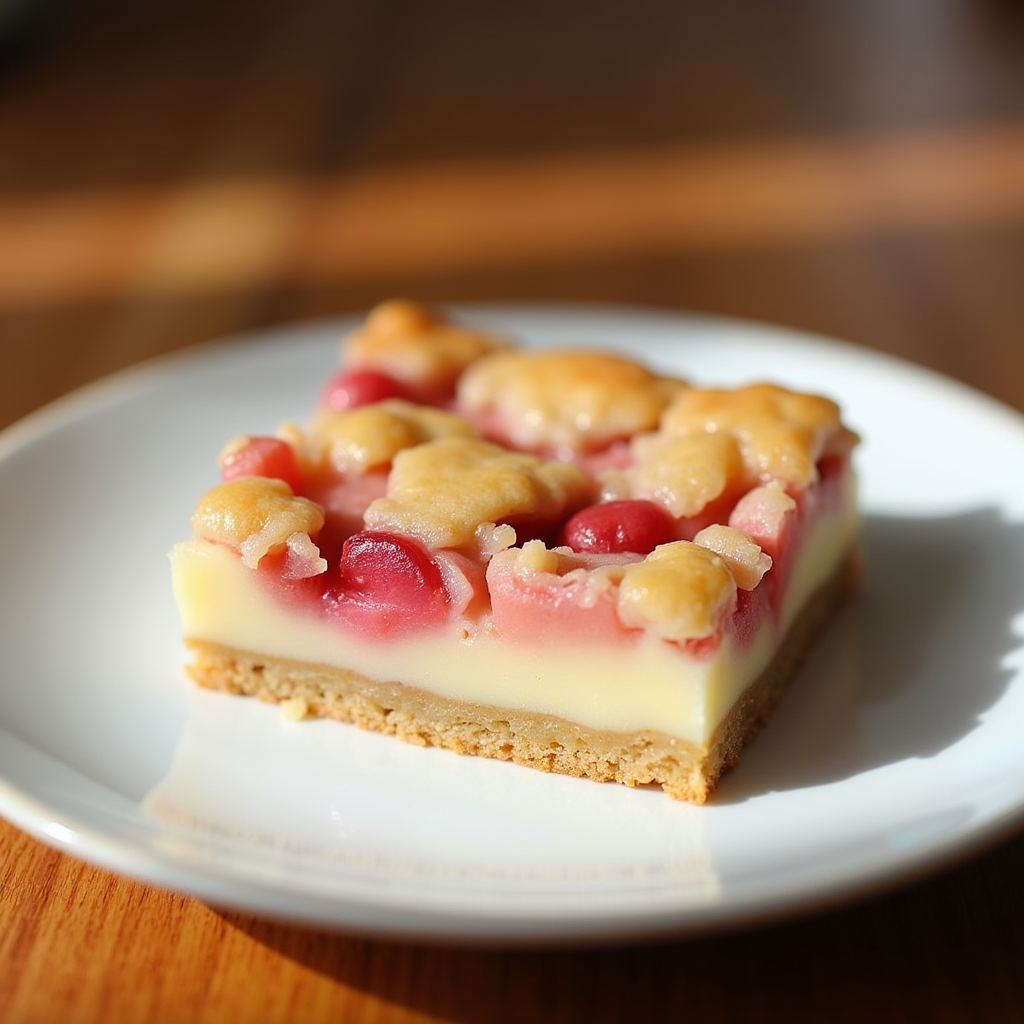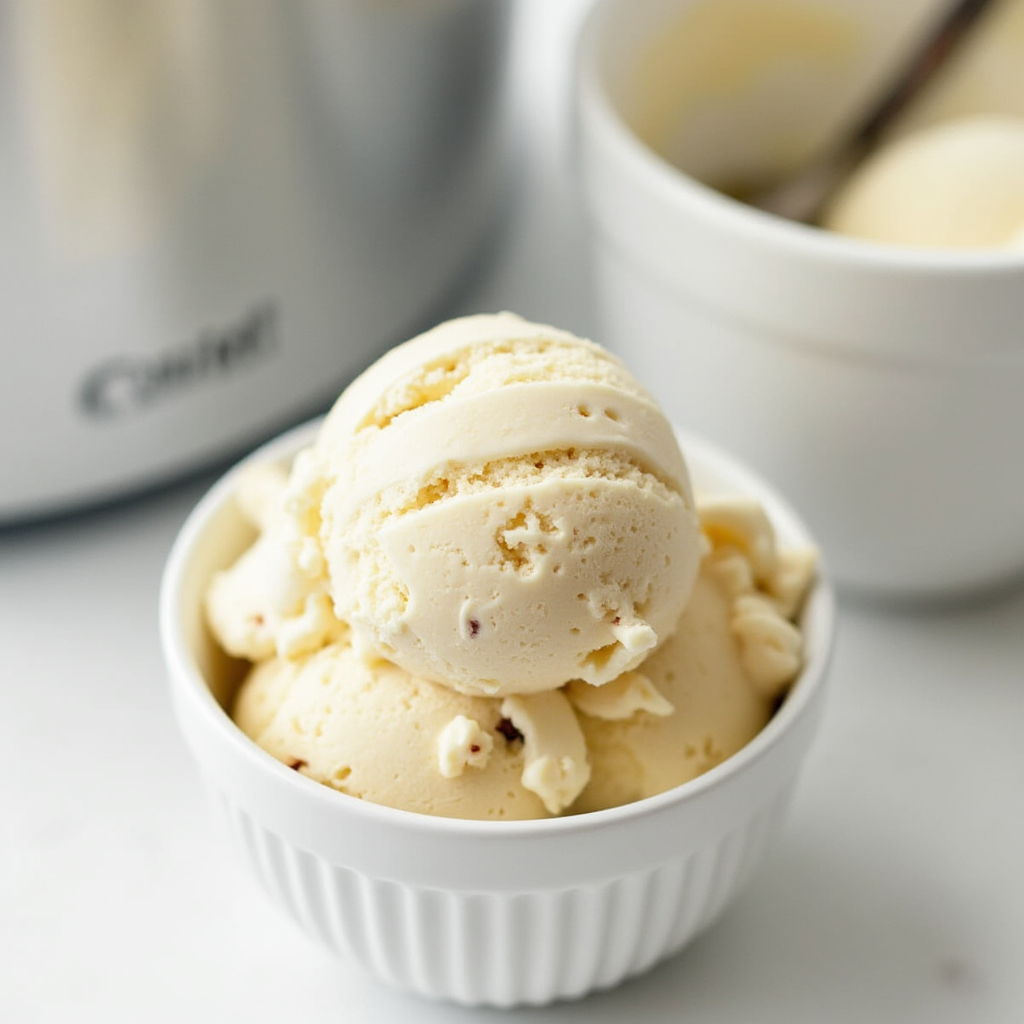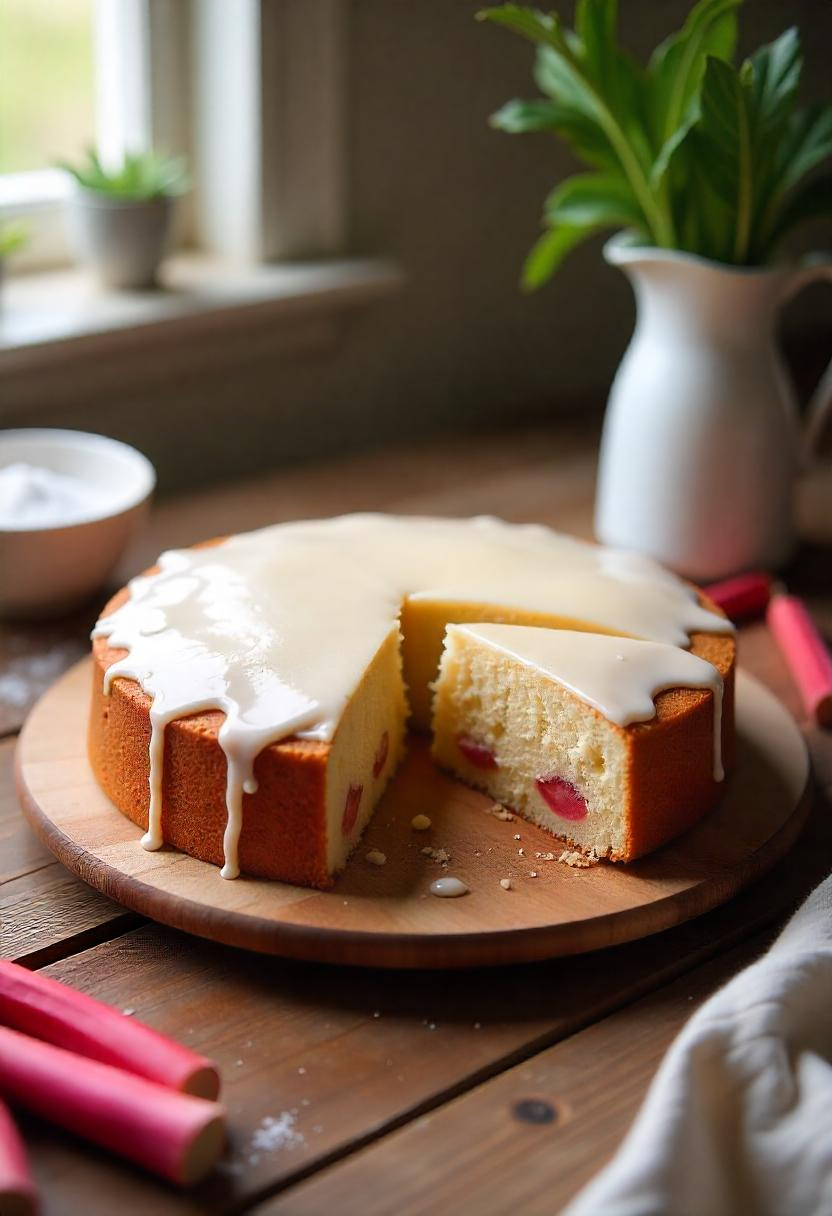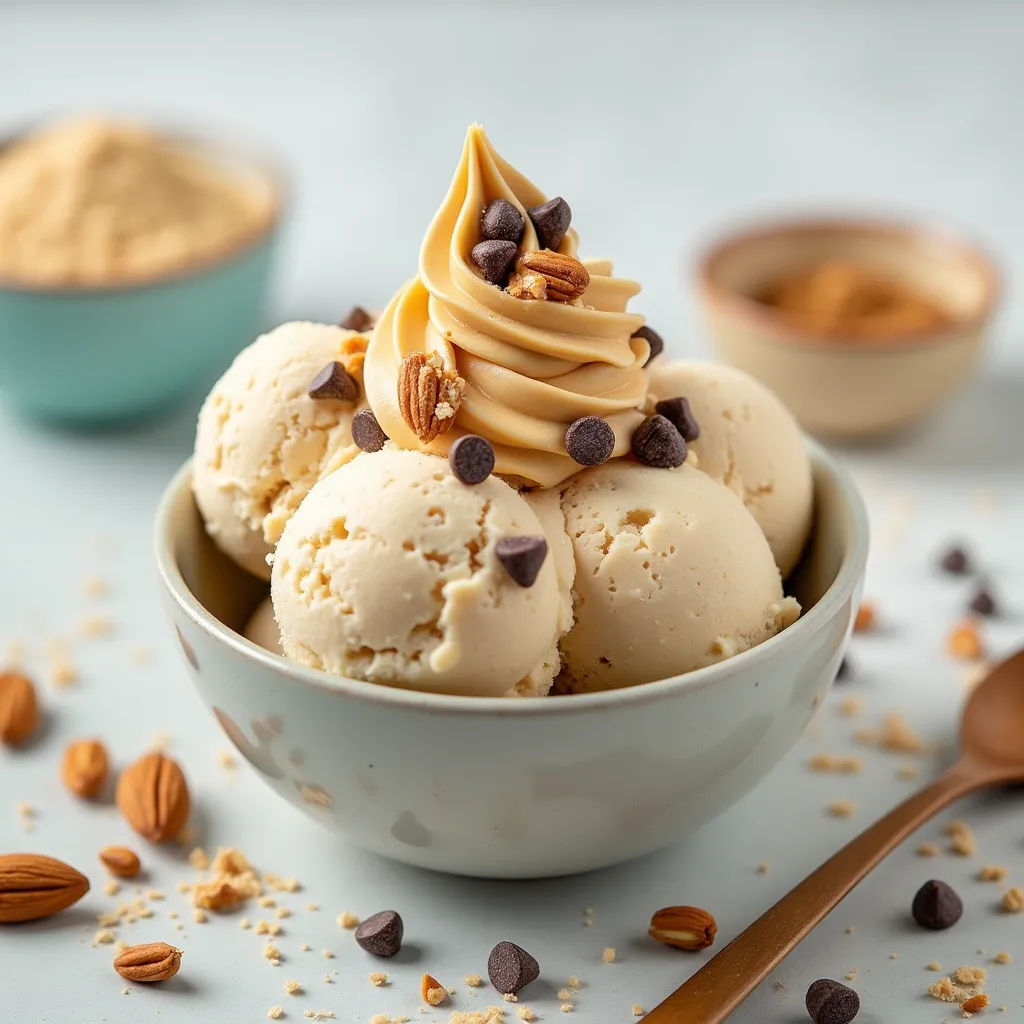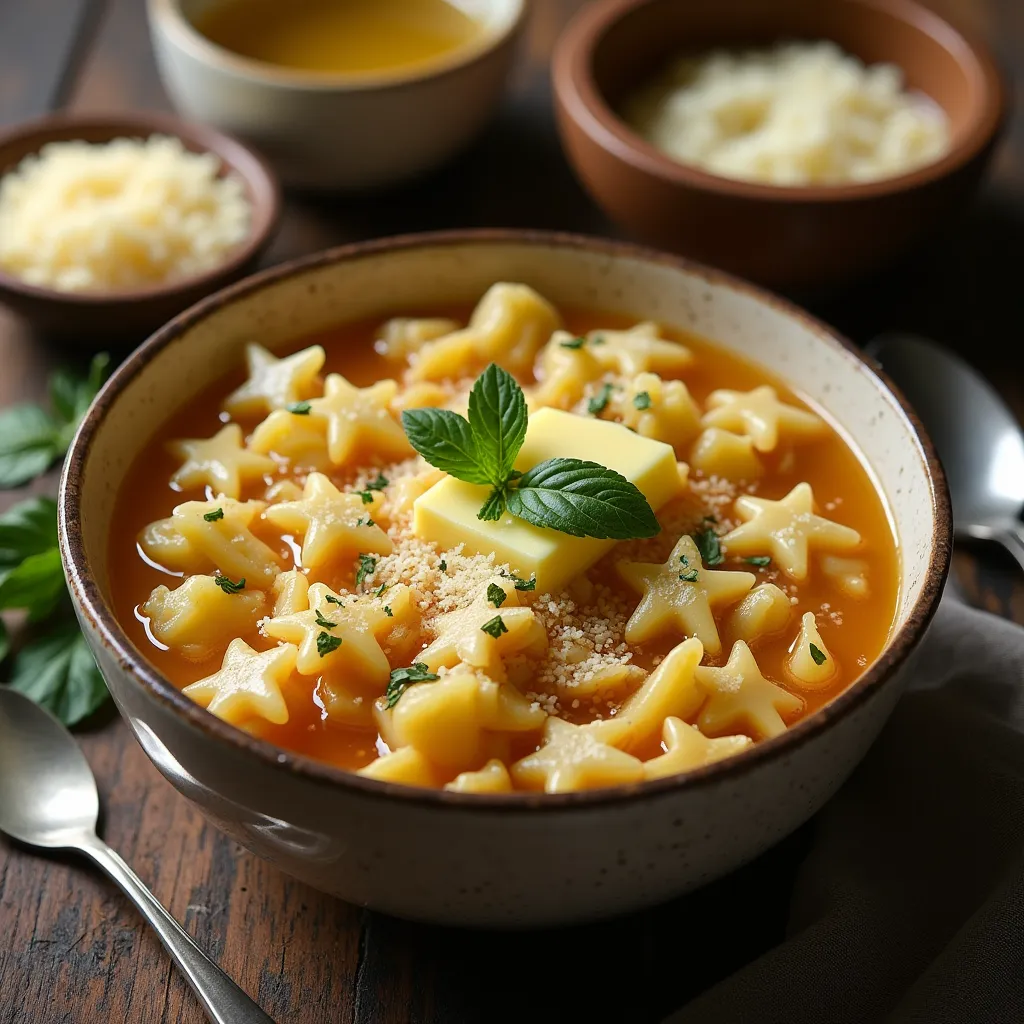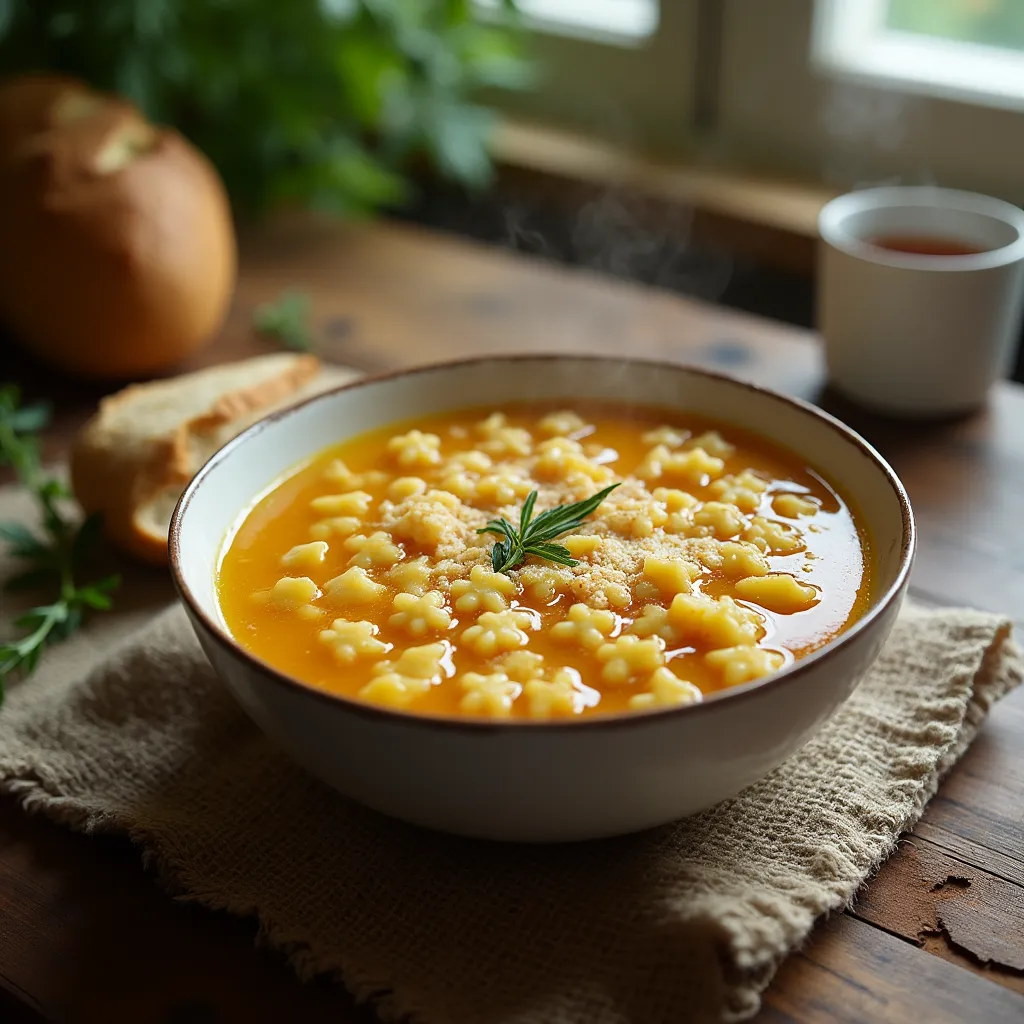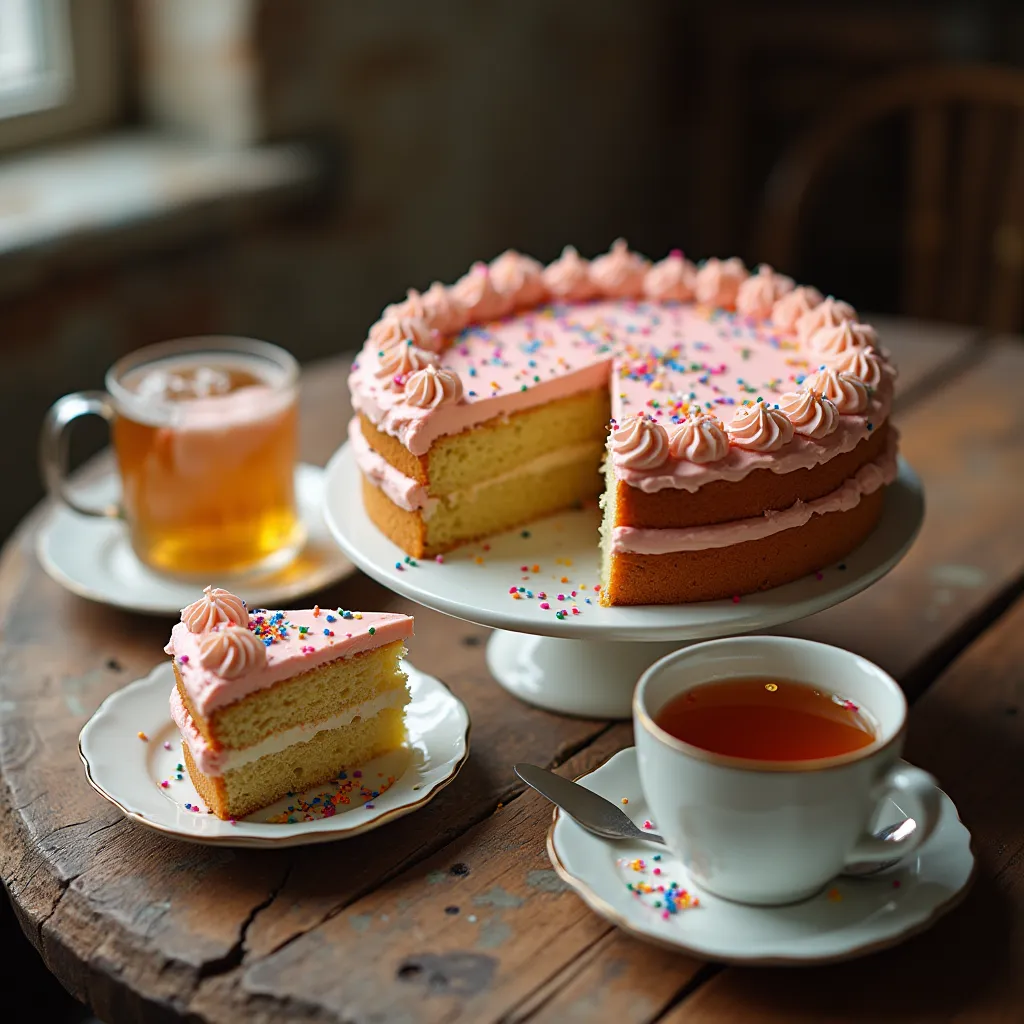10 Easy Carnivore Diet Recipes for Beginners
Why Starting the Carnivore Diet Can Feel Overwhelming—But Doesn’t Have to Be Carnivore diet recipes can feel intimidating when you’re just getting started — but they don’t have to be. If you’re new to this way of eating, these easy, beginner-friendly recipes will simplify your journey and help you stay consistent. The carnivore diet can … Read more

